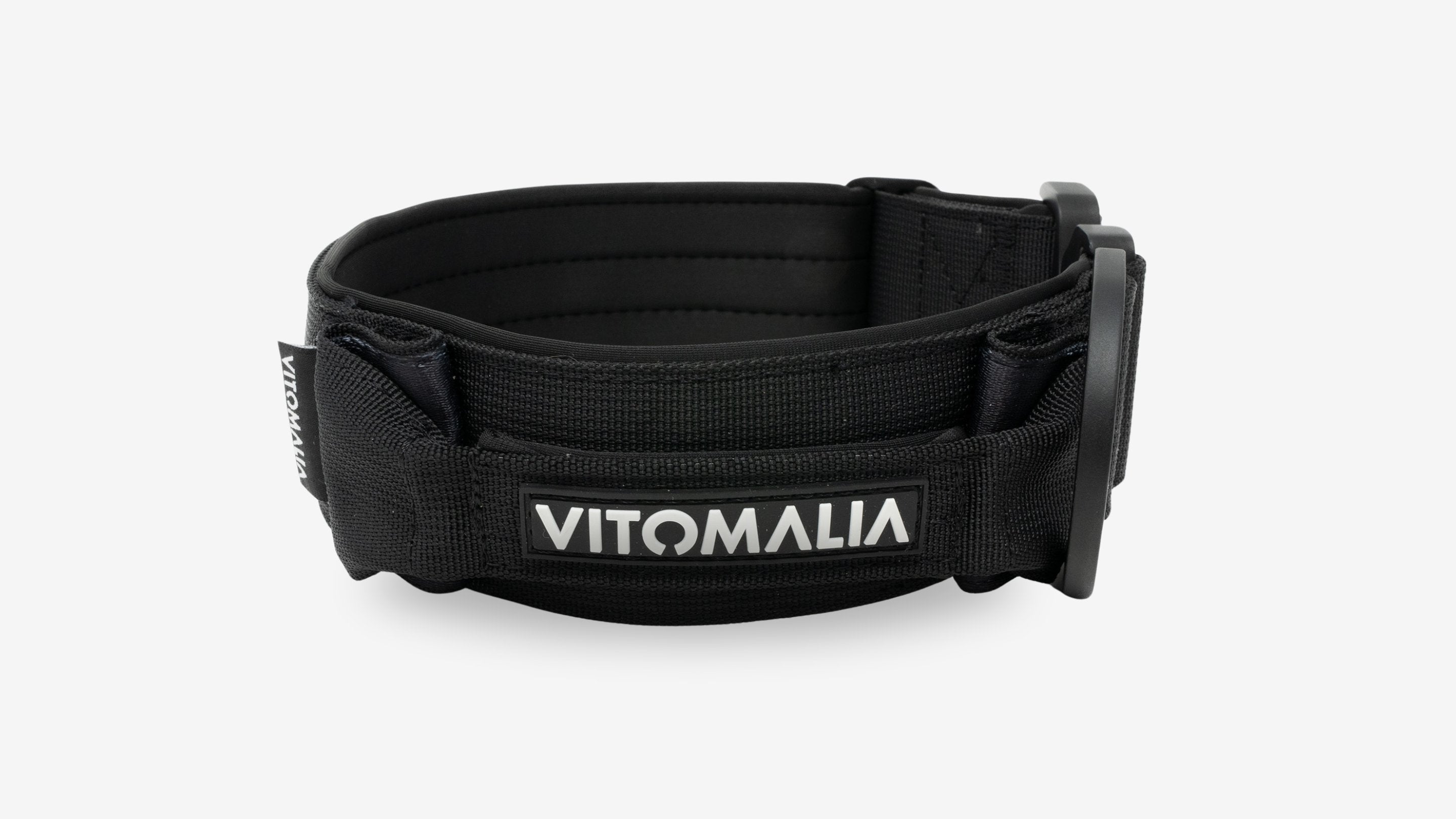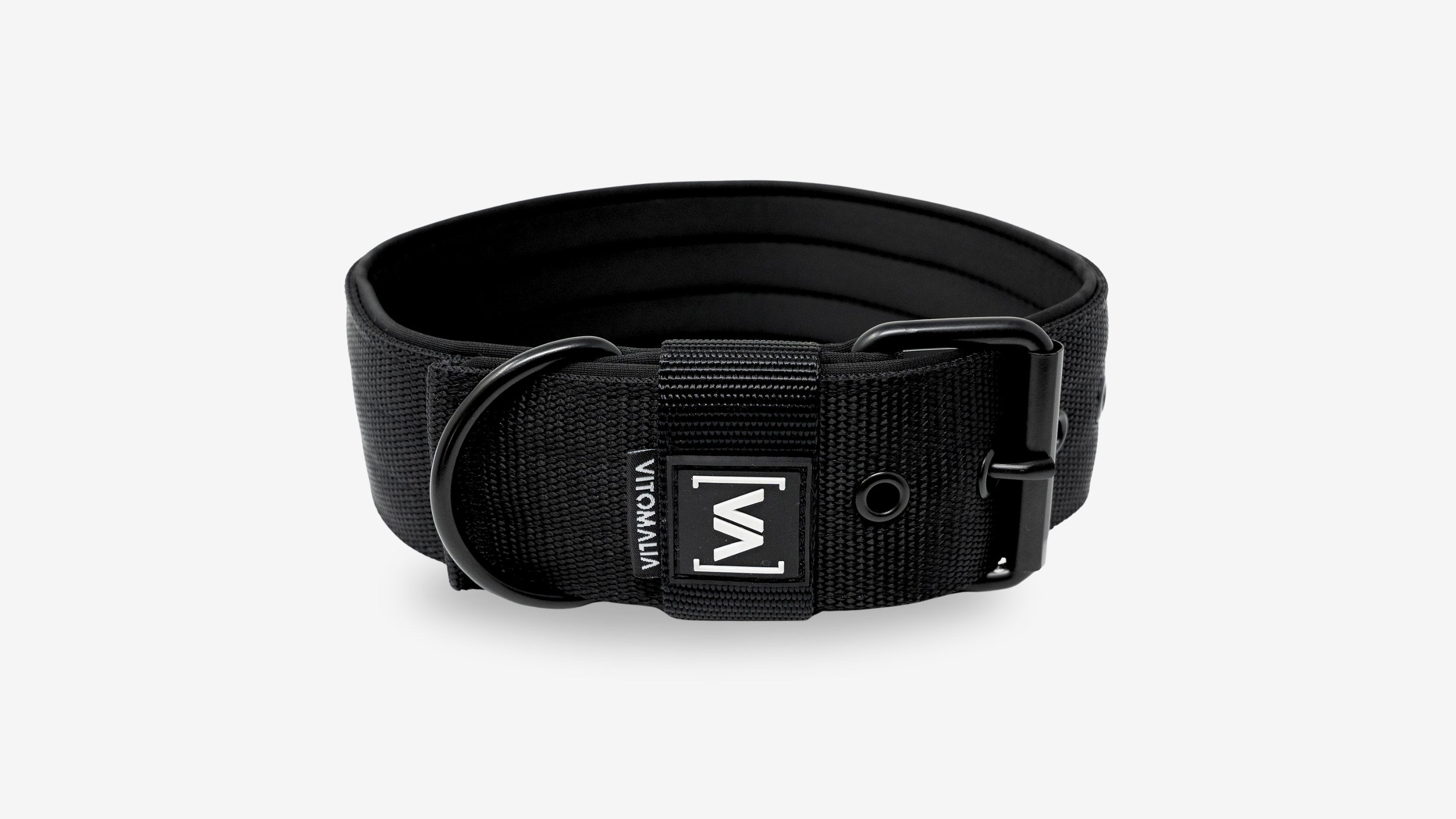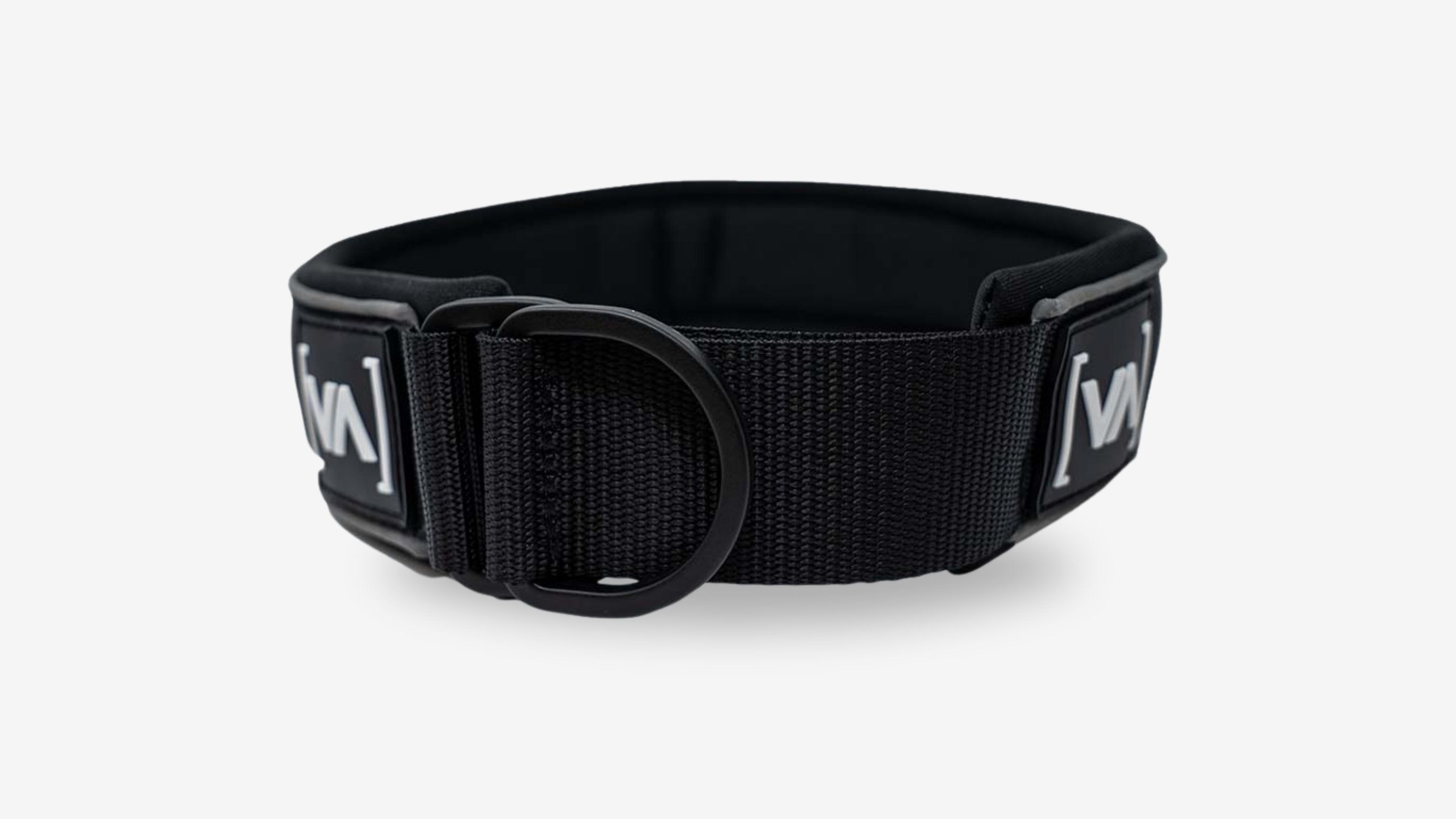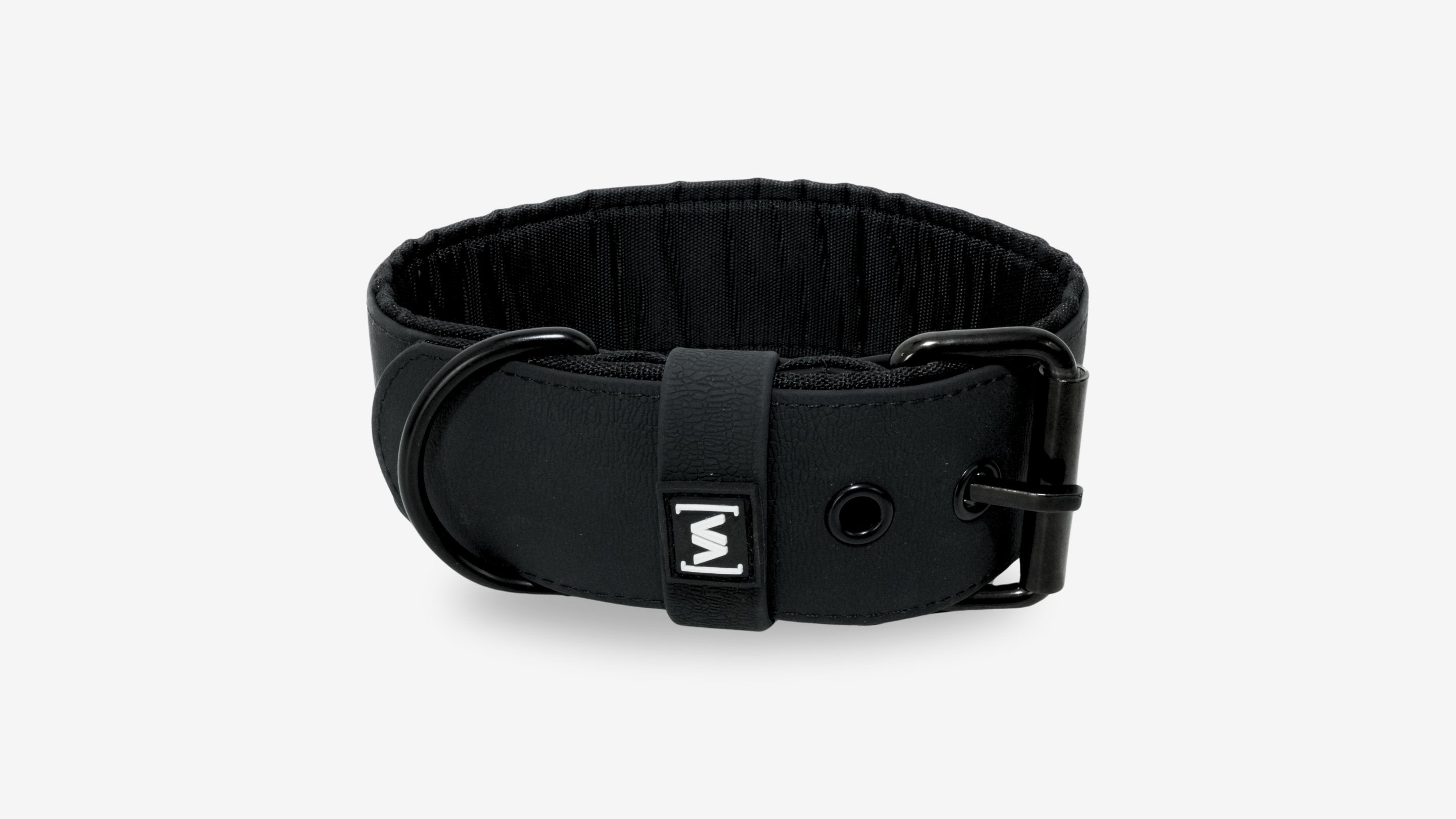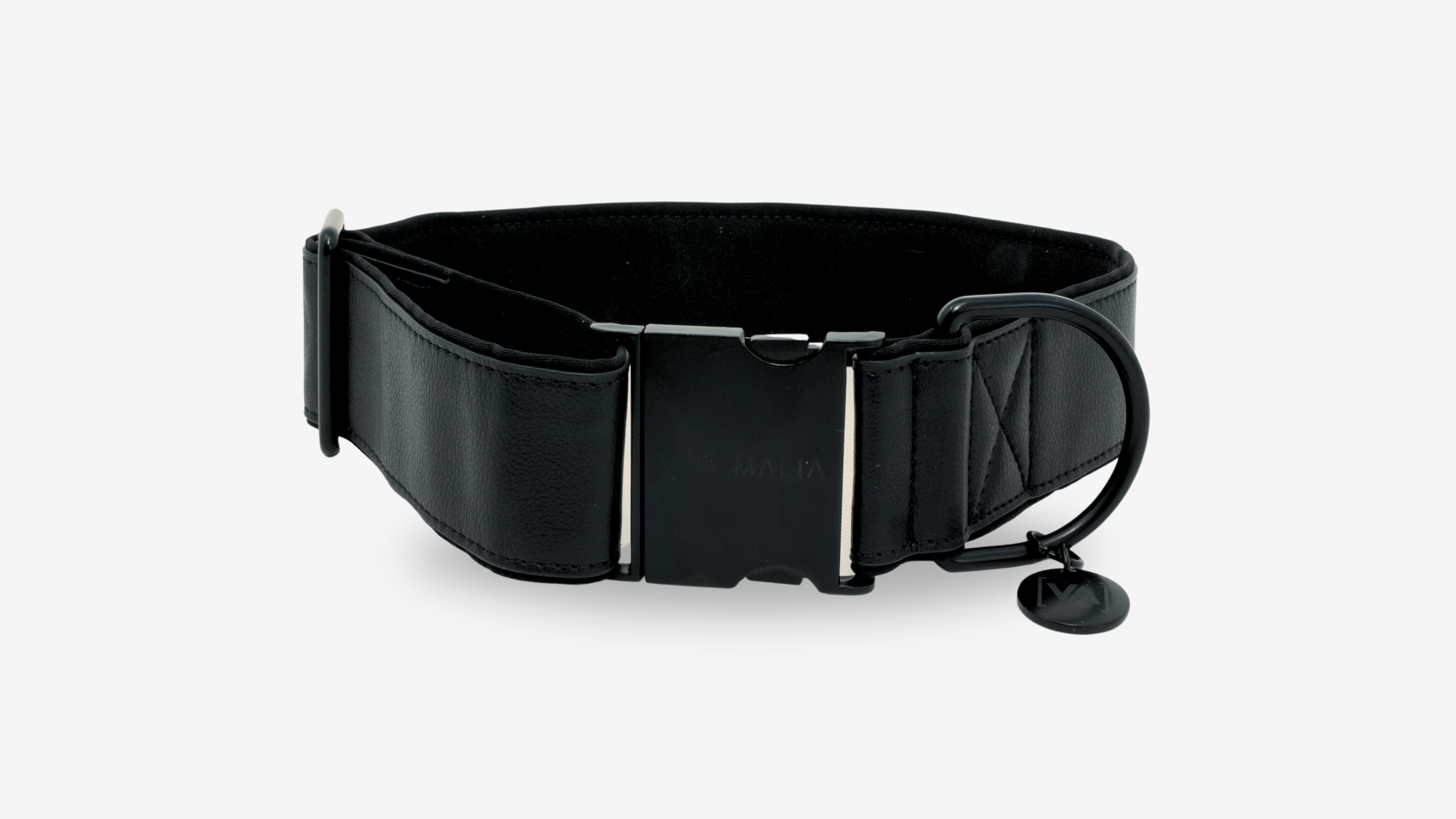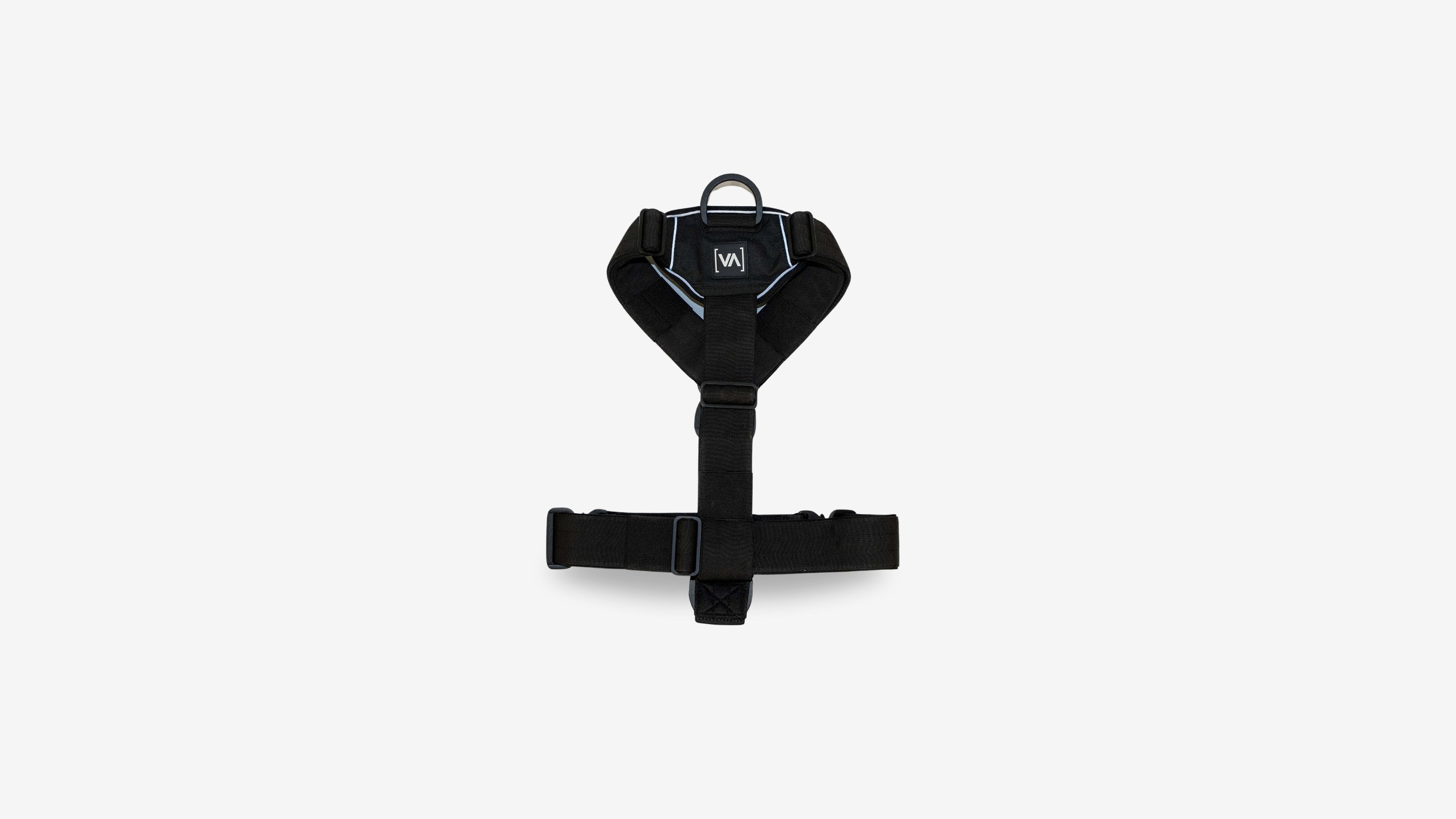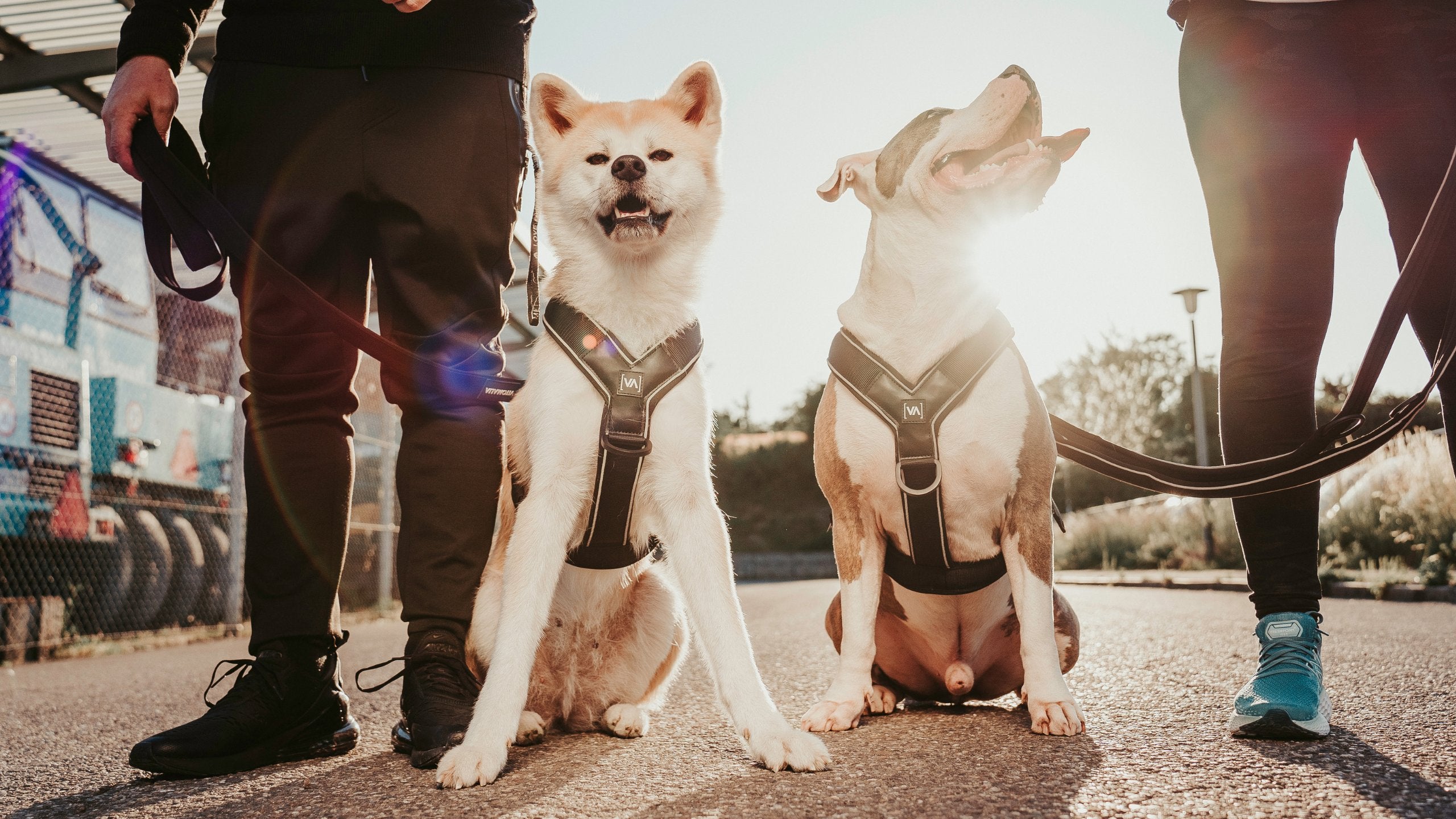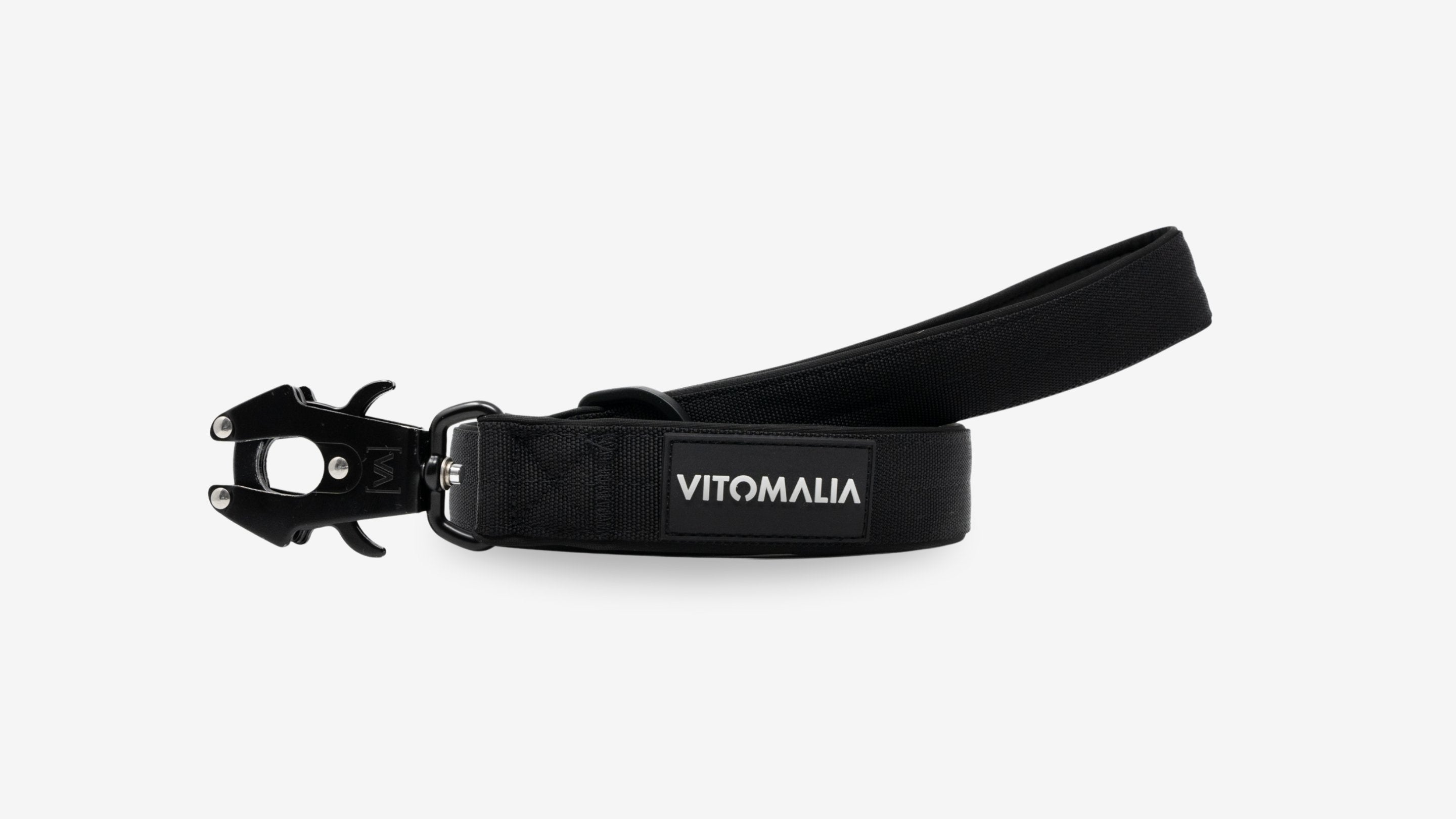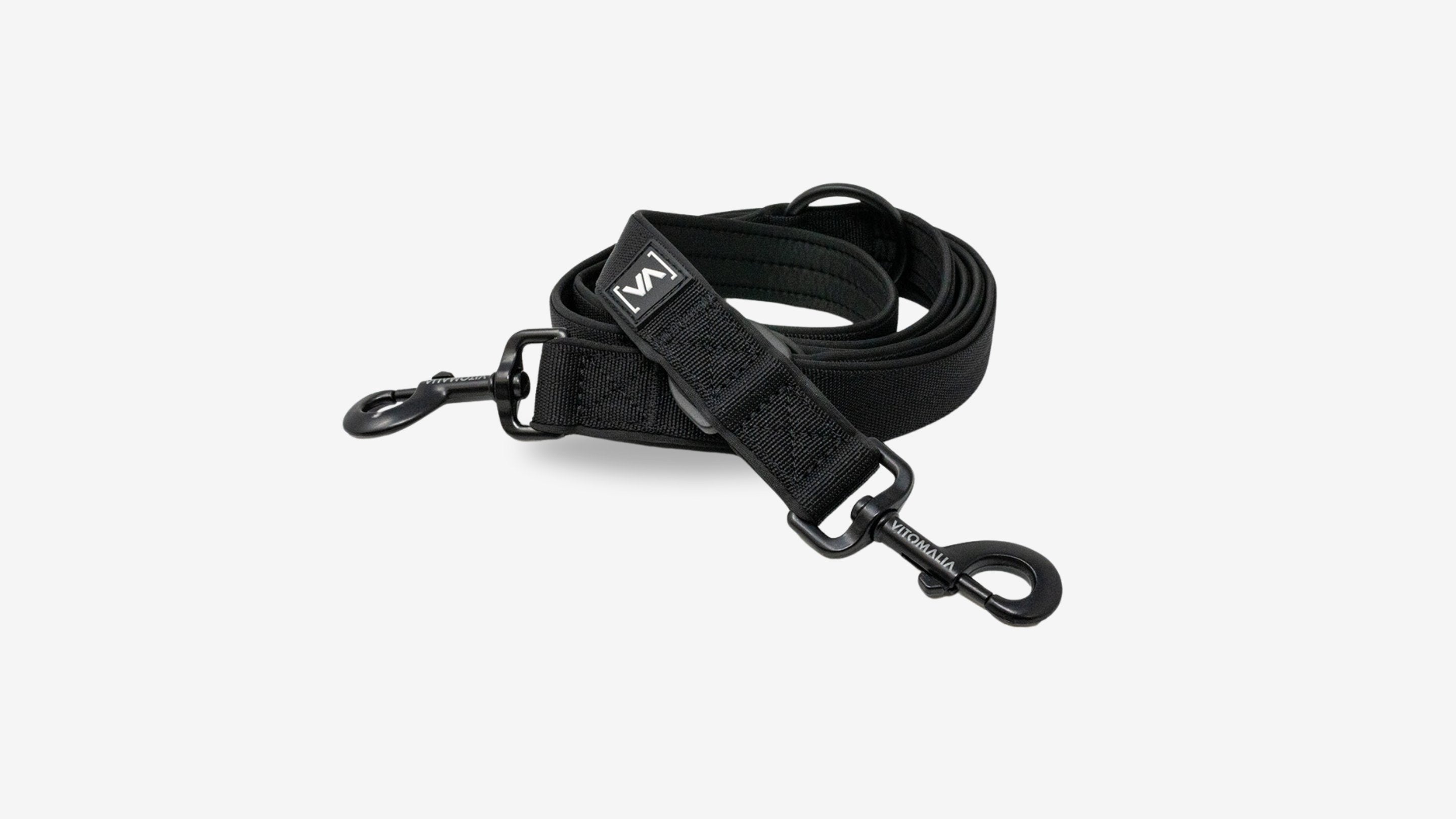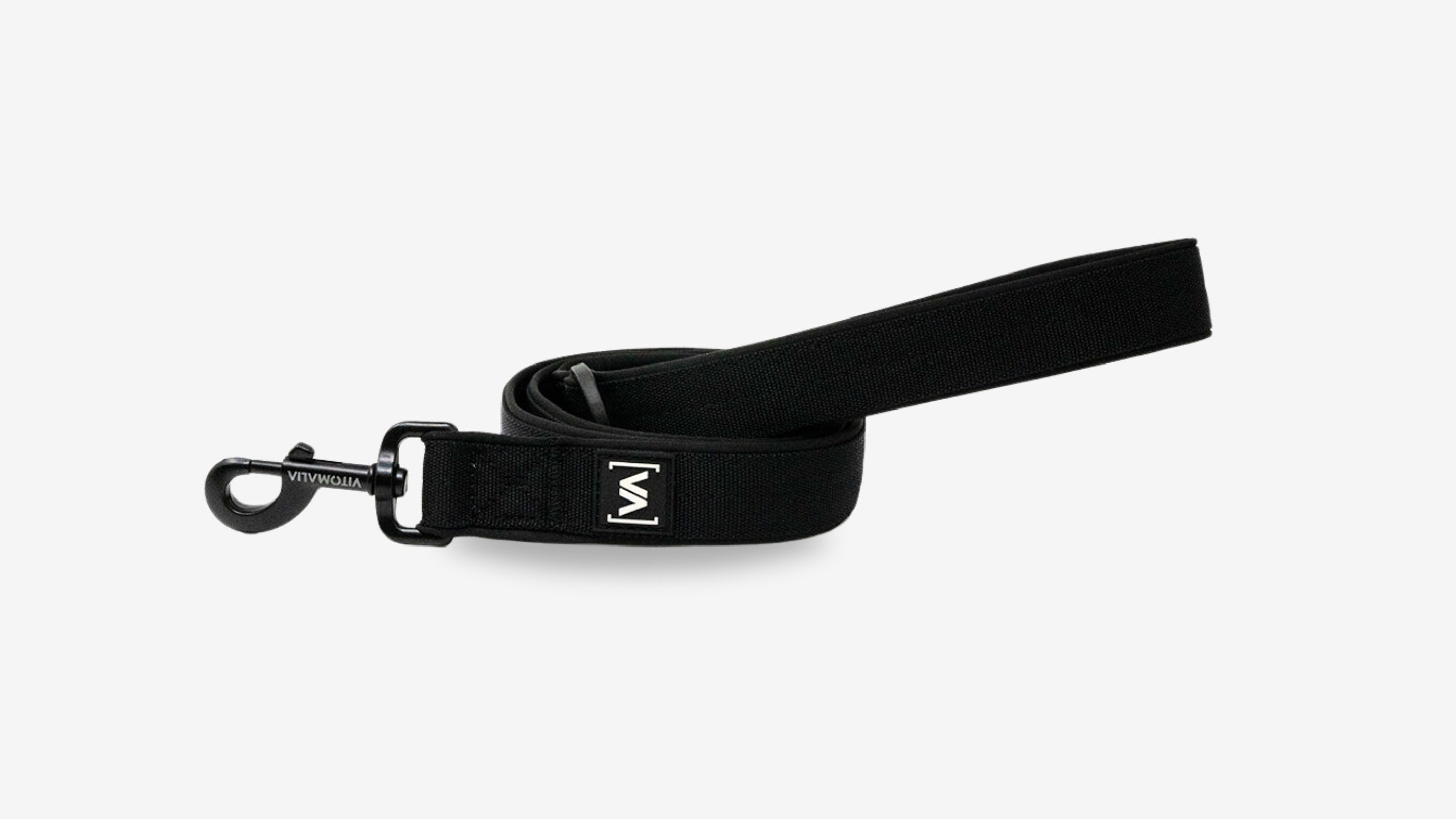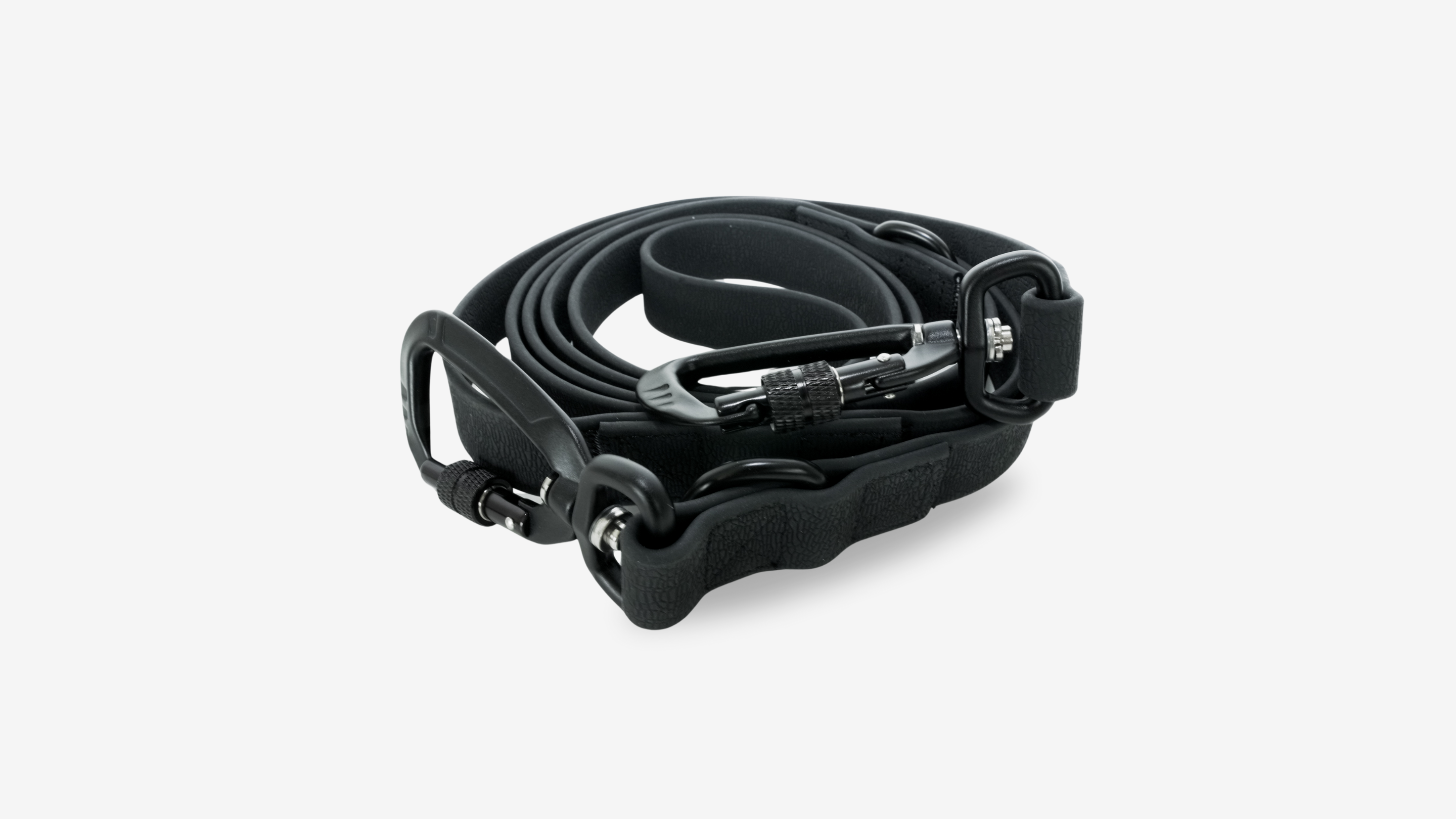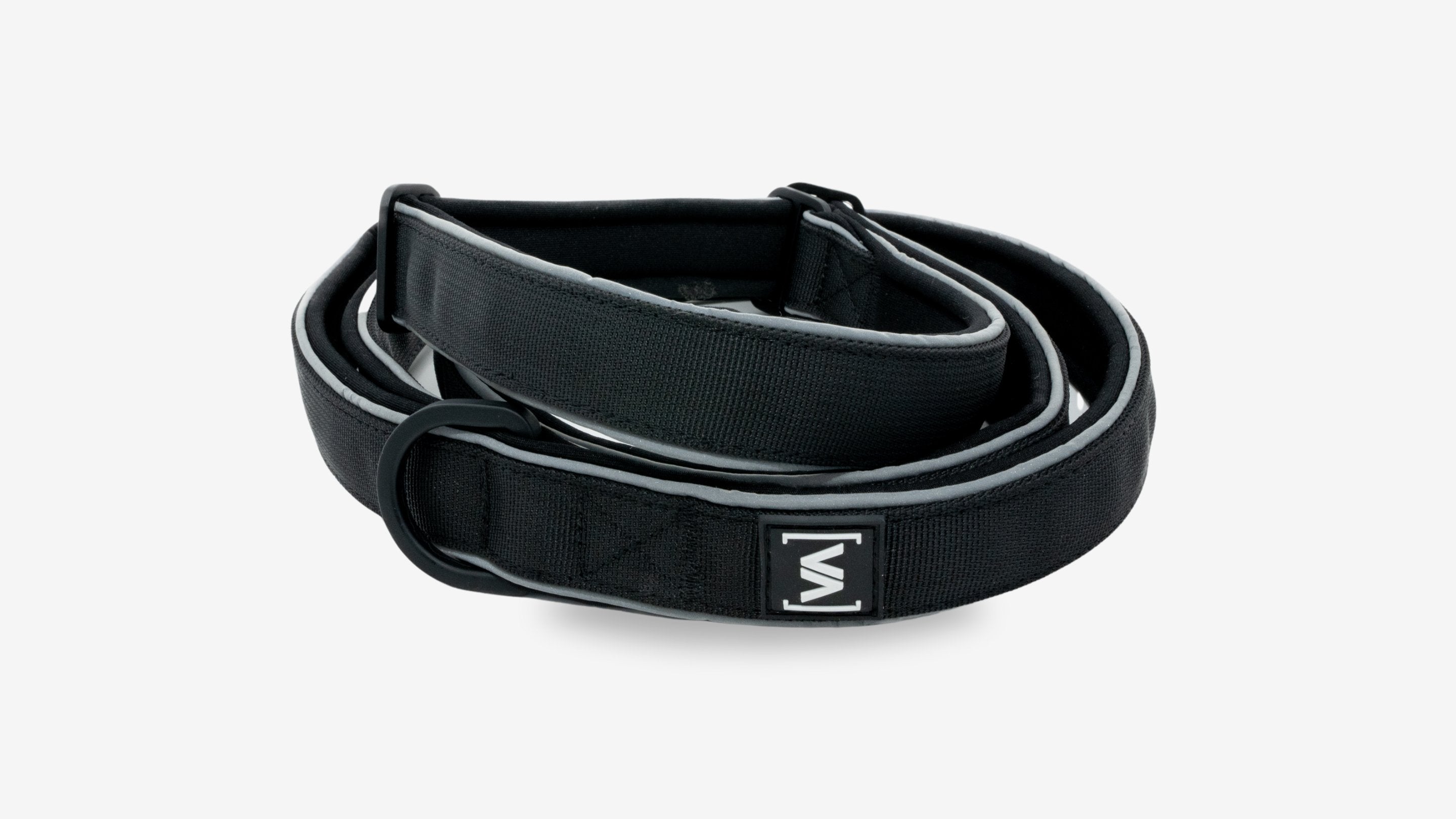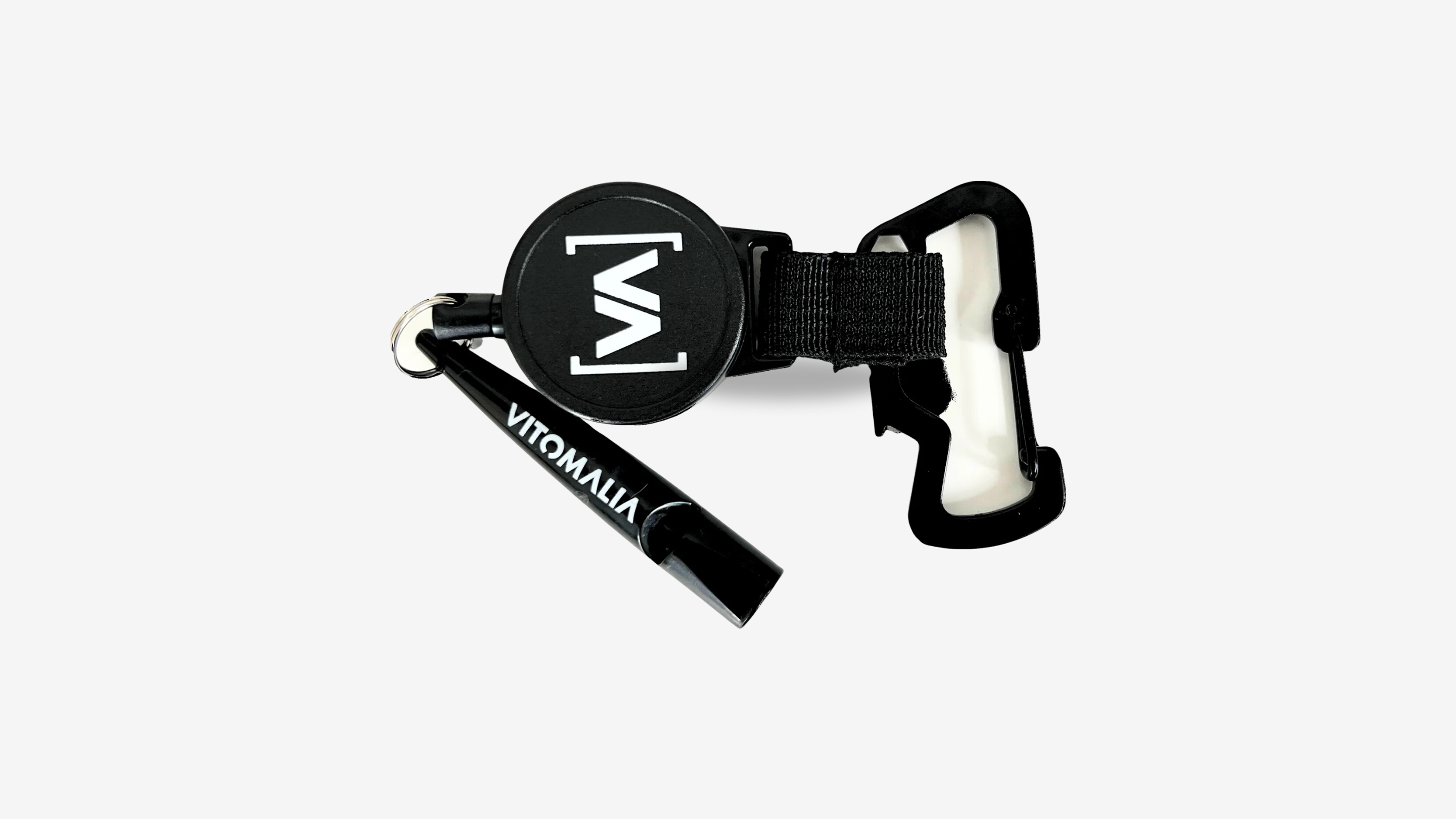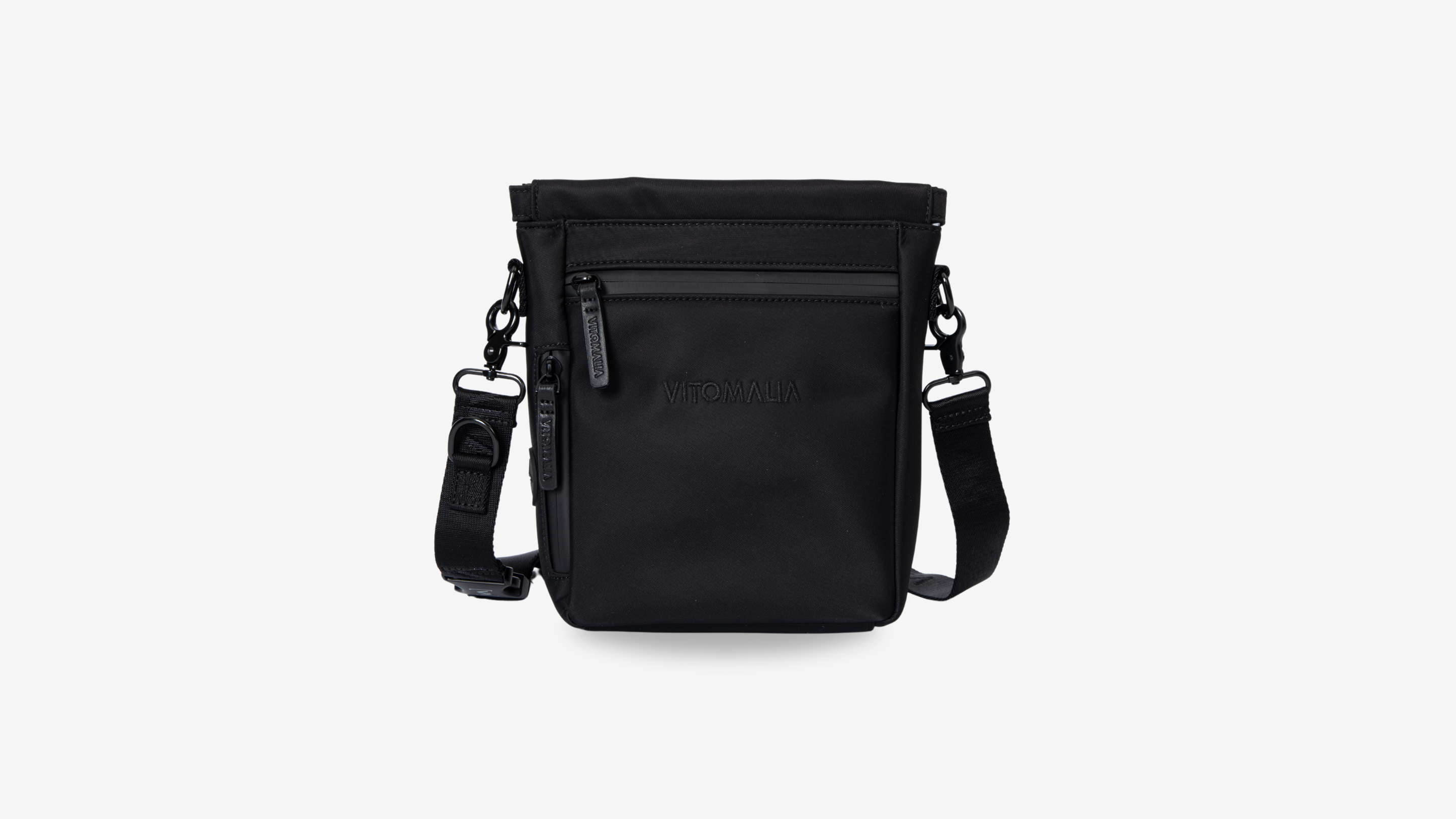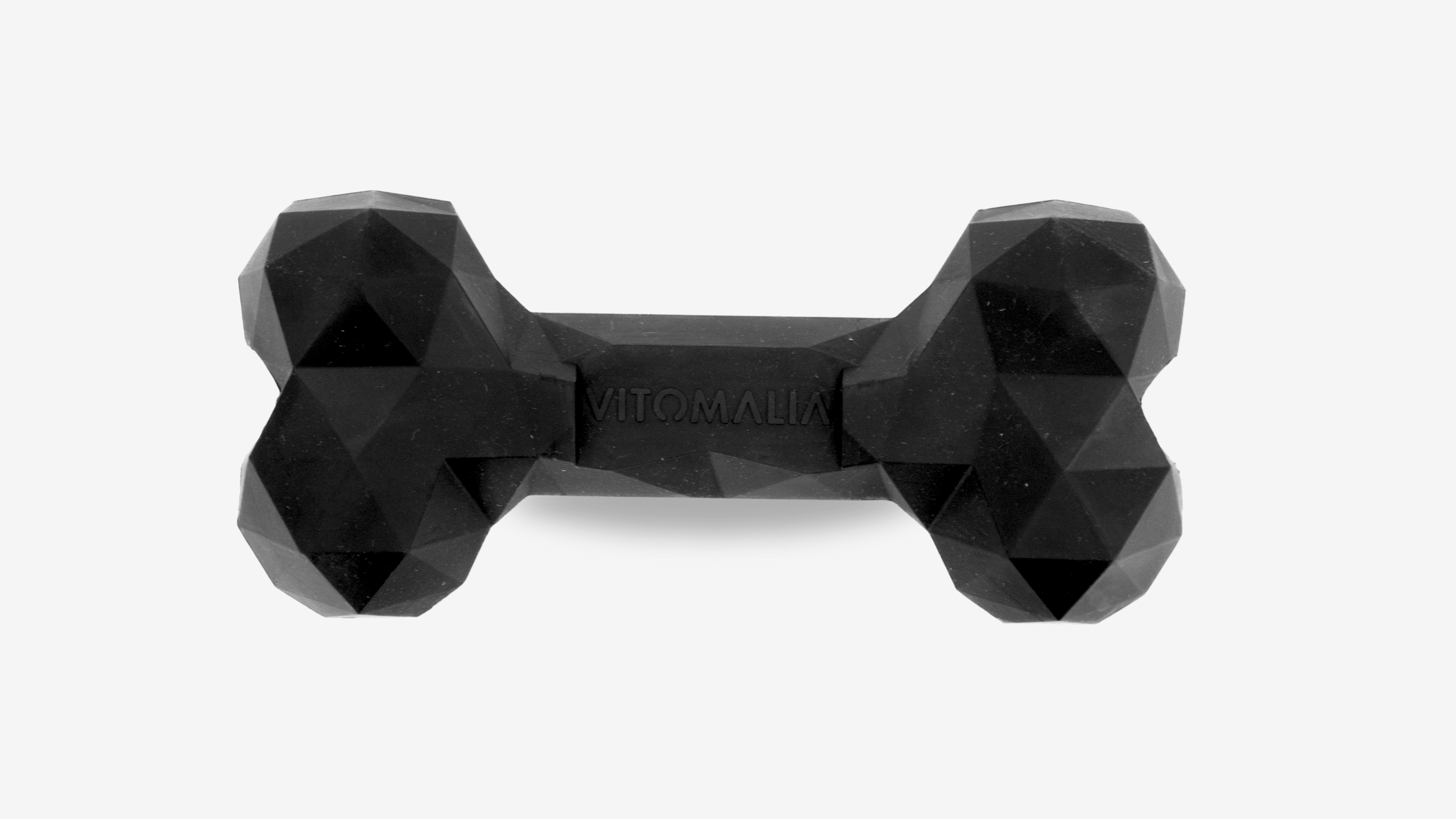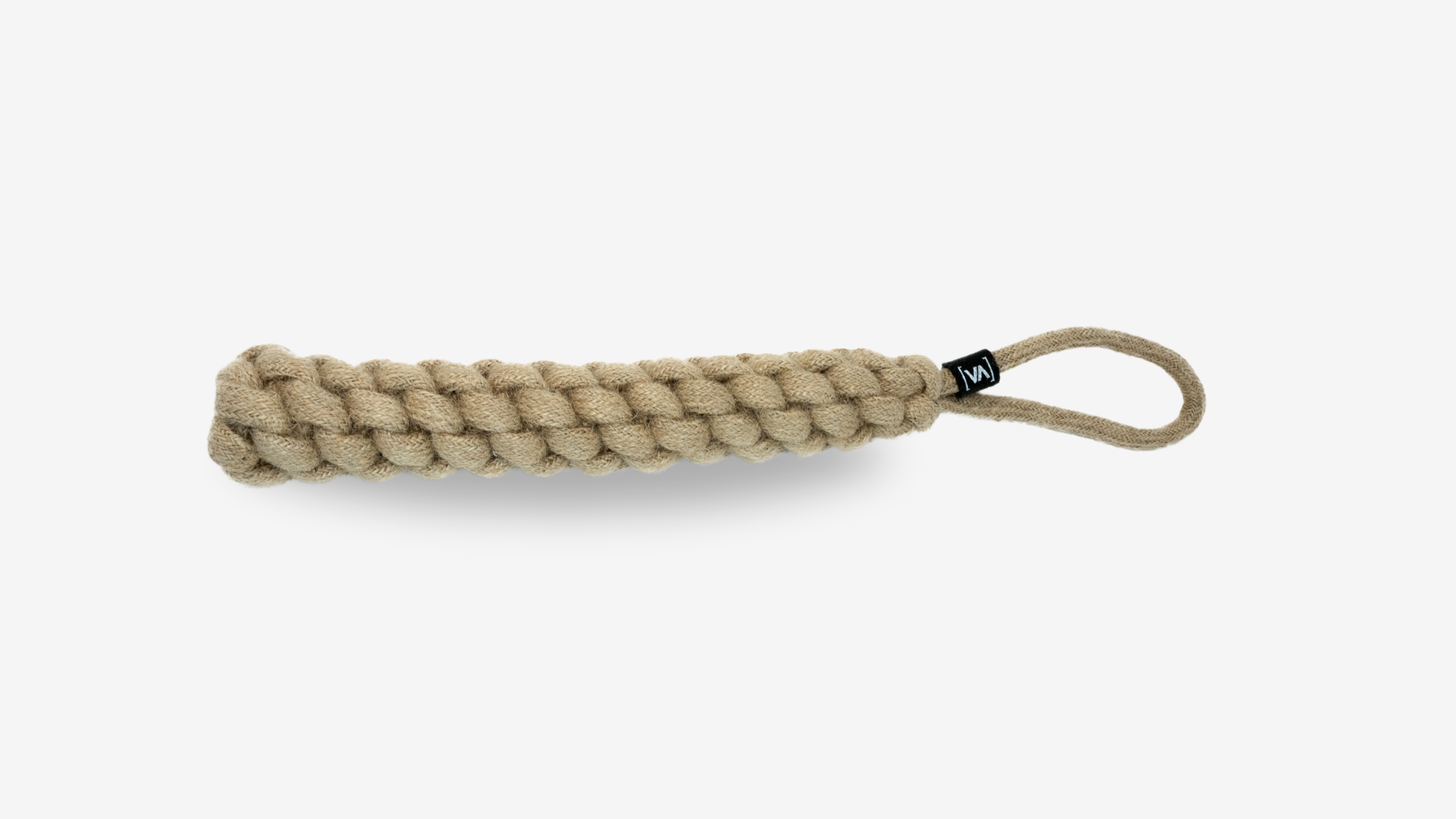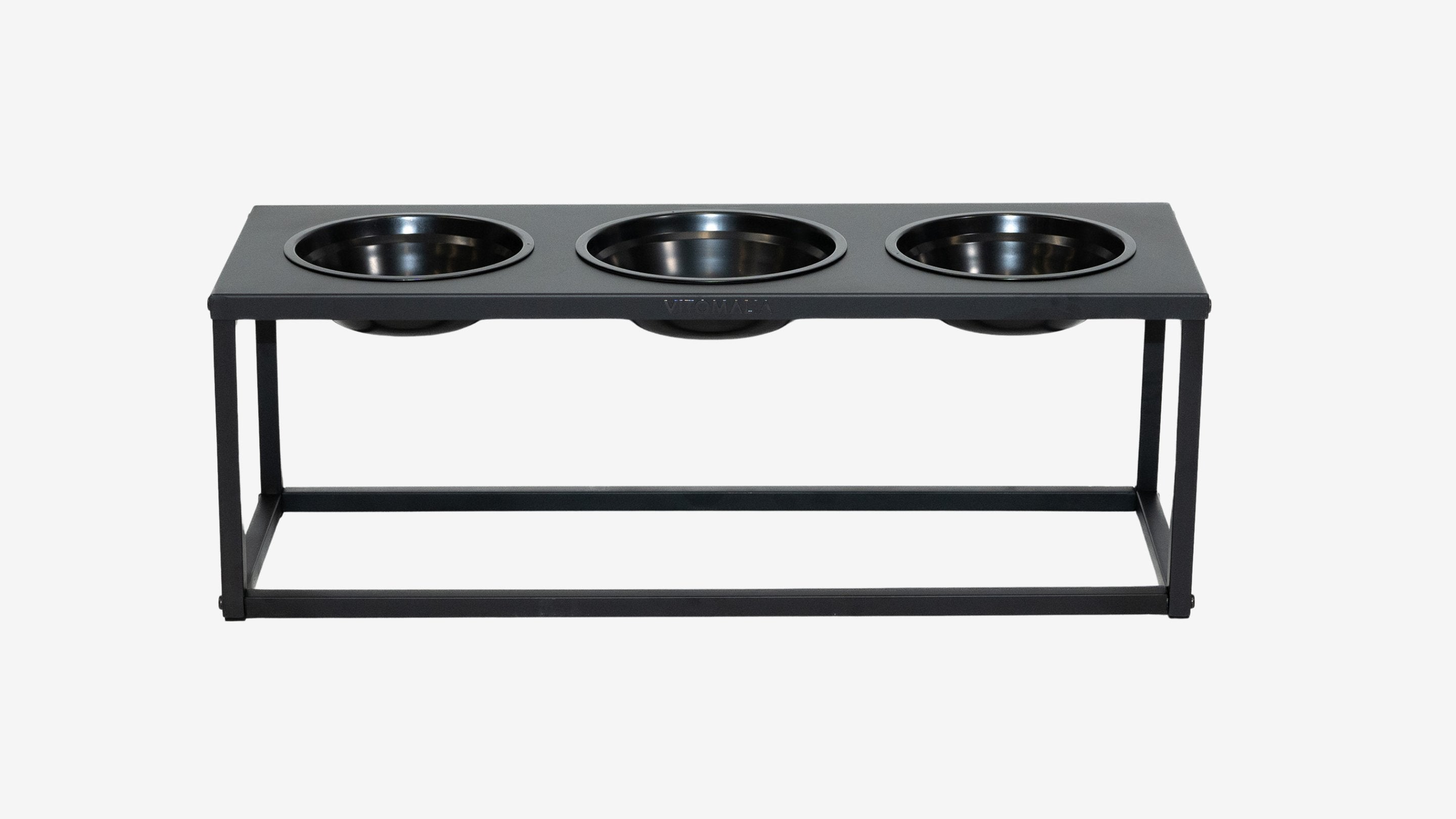Touch as a reward for dogs: when, how and why
Introduction
You love your dog and want to show him how much you appreciate him and how proud you are of his progress. Touch is a natural and intuitive way to express affection and praise. But have you ever wondered if your dog actually finds these touches a reward? In this blog article we want to address the topic of “touch as a reward for dogs” and show you when, how and why touch can be a reward for your four-legged friend – or not.
Table of contents
Understanding Canine Communication
In summary, the dominance theory in dog training is historical and based on observations of wolf packs. Although the theory was also used during the Second World War and in the context of National Socialism, it is not exclusively linked to this era or ideology. Today, the understanding of dog training has changed and non-violent methods are increasingly popular.
body language and communication
at the dog
To better understand the importance of touch in the human-dog relationship, it is important to develop a basic understanding of canine communication. Dogs communicate primarily through body language and, to a lesser extent, vocalizations. They express their emotions, needs and intentions through a variety of signals, such as tail movements, ear position, posture, facial expressions and movements. Depending on the race, these forms of communication are different and can be interpreted differently.
As a dog owner, it is your job to recognize your dog's signals individually and interpret them correctly in order to better respond to your dog's needs and wishes. Close observation of your dog's body language will help you determine whether he finds being touched rewarding or unpleasant. To better understand your dog's signs of stress and relaxation, you can check out our blog on the topic stress in the dog read through or also appeasement signals learn to read better with your dog.
The role of touch in canine communication
While touch plays a central role in communication for us humans, it has a less important function for dogs. Dogs also use touch to communicate with each other, but to a lesser extent than body language. Gentle lip licking and mutual personal hygiene correspond to what we understand as physical affection, but they occur much less frequently than other forms of communication. Touch can mean different things to dogs depending on the situation and context - from affection and social contact to dominance or aggression.
It's important to note that dogs are generally more sensitive to touch than humans. You may find touch pleasant when it comes from a familiar person in a relaxed situation. Touching the same familiar person in a different situation, such as on a walk, can be unpleasant and undesirable for the dog. Unexpected or unwanted touch can be stressful or uncomfortable for dogs. Therefore, it is crucial to consider your dog's individual likes and dislikes and pay attention to his signals before using touch as a reward.
When is a touch a treat for the dog?
Positive associations and trust
A touch can be a reward for the dog if it creates positive associations and occurs in a relaxed, stress-free environment. If your dog trusts you and feels comfortable, a loving touch can strengthen his bond with you. As a rule, these forms of touch take place at home. Touch can be especially rewarding when your dog is relaxed and feels his environment is safe. This can be the case, for example, when you are lying on the sofa together or taking a walk in a quiet environment. Dogs like cuddle times or lying down with touch because the bonding hormone oxytocin is released during this time. Oxytocin not only promotes bonding, but also reduces stress. Outside, however, almost no dog finds touching and petting rewarding or pleasant. This is because the dog's general arousal is higher outside and the dog perceives the touch as disturbing or even intrusive.

Individual differences in dogs
Every dog is an individual with their own likes and dislikes. Some dogs enjoy touch more than others and find it particularly rewarding. Pay attention to your dog's individual preferences and adjust your touch accordingly. For example, some dogs like to have their tummy scratched, while others prefer to have their head or behind their ears petted. Every dog has individual preferences, but there are some general areas where dogs often enjoy being petted and others that are less preferred or even found unpleasant.
Areas where dogs often like to be petted:
- Neck and chest: Many dogs enjoy stroking the neck and chest area, as these areas are often easily accessible and appear less threatening than, for example, the head.
- Bottom and base of tail: Some dogs like to be scratched at the base of the tail as this is a difficult area for them to reach and scratching there can be pleasant.
- Behind the Ears: The ears are a sensitive area for many dogs, but scratching the base of the ear or behind the ears is comfortable for them. However, be careful not to grab your ears too hard or deep to avoid injury.
- Sides and Back: The sides and back are also popular areas for petting for many dogs because they are easy to reach and less sensitive.
Areas that dogs are less likely to be petted or find uncomfortable:
- Head and muzzle: Probably the most common mistake is stroking directly on the head. Some dogs do not like being touched directly on their head or muzzle as this can be perceived as threatening or domineering. In such cases, it may be helpful to position the hand to the side or below the head.
- Paws: Paws are sensitive and vulnerable parts of the body, which is why many dogs don't like being touched there. Some dogs can even react aggressively if you touch their paws.
- Belly: Although many dogs enjoy having their bellies scratched while lying on their back, for some dogs this posture can also be a gesture of submission. In such cases, they may feel vulnerable and therefore uncomfortable when their stomach is touched. If a dog voluntarily offers you his stomach area, you can gently scratch his stomach.
When is a touch not a reward for the dog?
In stressful situations
Touching cannot be a reward for your dog in stressful situations. Examples of such situations include noisy environments, strange places, or in the presence of other dogs or people, which can be unsettling for your dog. In these cases, touching can actually increase stress for your dog instead of calming him.
Noisy Environments: Noise can be very stressful for dogs, especially if they are sensitive to noise. This can be the case, for example, with fireworks, thunderstorms or construction site noise. In such situations, touching as a reward may not do what it should and may further unsettle your dog instead of calming him down. Instead, try offering him a quiet place to retreat and wait patiently for the noise to die down.
Foreign Places: New places can be scary for dogs, especially if they contain a lot of unfamiliar smells, sounds, or people. In such situations, it is important to give your dog time and space to get used to the new environment. A touch could overwhelm him at this moment. Instead, give him the opportunity to explore and adapt at his own pace.
In the presence of other dogs or people: Some dogs feel uncomfortable around other dogs or unfamiliar people. In such situations, touching can further stress your dog as he may feel like he is being cornered. Instead of touching him, give him enough space.
vet visits: Vet visits can be stressful for many dogs. In this situation, touching can actually increase your dog's stress, especially if it occurs during an exam or treatment. Be sure to support your dog during the vet visit by reassuring him of security and calm, but avoid unnecessary touching that could further unsettle him.

In case of pain or discomfort
If your dog is in pain or uncomfortable, touching him may be uncomfortable and not rewarding. Here are some points you should keep in mind:
Injuries: If your dog has an obvious injury, such as a wound, cut, or bruise, avoid touching the affected area unnecessarily to avoid impairing healing and causing your dog additional pain. Instead, give your dog space and time to heal and consult a veterinarian to ensure he receives the proper treatment.
Skin irritations: Skin irritations, such as allergies, eczema or parasite infestation, can be very unpleasant for your dog. In such cases, touching can further worsen the irritation and cause additional stress. Be careful not to touch the affected areas and seek veterinary attention if necessary to treat the cause of the skin irritation.
Joint diseases: Dogs, especially older or larger breeds, can suffer from joint diseases such as osteoarthritis, which cause pain and discomfort. Be careful not to touch or apply pressure to the affected joints, as this may increase the pain. Instead, support your dog by offering him a comfortable place to lie down and responding to his needs.

With activity
Probably the most common mistake we see in dog training is when dogs are rewarded with petting for or during an activity outside. Almost no - but really no - dog that we were able to experience found touch positive during training. Dogs do not always like to be touched during an active phase, such as recall or walking on a leash, as this can be disruptive or uncomfortable for them for various reasons. The interruption of movement plays a major role. During the recall phase, dogs are typically active and focused on their surroundings and movement. A sudden touch can interrupt this activity, which can be irritating to the dog. Dogs have a natural need to move freely, and an unexpected touch can disrupt this need. If the dog is focused on a specific task or instruction, touching can disrupt his concentration and make communication between dog and owner difficult.
Another important aspect is the insecurity that dogs can feel when touched during an active phase. Some dogs may find touch unexpected or unpleasant during an active phase, especially if they do not feel safe or cannot anticipate the touch.
Finally, stress or overstimulation can play a role when a dog is touched during an active phase such as recall. If a dog is already excited or stressed, additional touch can exacerbate his stress response or lead to overstimulation.
In order not to disturb or worry your dog during an active phase, such as recall, it is advisable to avoid touching unless it is necessary or desired by the dog. Pay attention to your dog's body language and signals to determine whether or not he is open to being touched in this situation.

appeasement signals
Calming Signals or calming signals are behaviors dogs use to relieve stress, avoid or de-escalate conflict, and create a relaxed atmosphere. These signals can occur in communication with other dogs as well as with people. Here are some common calming signals that dogs show during touch they don't want:
- Yawning: A dog may yawn to calm himself or others when he feels stress or discomfort.
- Lick muzzle or lick lips: Licking the snout is usually referred to as licking intention. Dogs lick their muzzle or lips to relieve stress and create a relaxing environment.
- Averting or avoiding eye contact: A dog may avert his gaze or avoid eye contact to prevent conflict and signal relaxation.
- Move slowly or freeze: Slow movements or sudden freezing can serve as a calming signal to reduce tension and create a peaceful atmosphere.
- Soothing Sniff: Dogs may suddenly start sniffing the ground intensely to relieve stress.
- turn head: A dog may turn his head away to de-escalate and avoid contact.
- raise paw: Some dogs raise a front paw.
How do you use touch as a reward effectively?
Touching can be an effective reward for your dog or actively contribute to relaxation, as with relaxation grip, if they are used correctly. It's important to respond to your dog's needs and preferences in order to create a positive experience. Here are some tips on how to effectively use touch as a reward:
Find out what touches your dog prefers: Every dog is individual and has different preferences when it comes to being touched. Watch your dog closely and find out what type of touch he finds pleasant. This can be, for example, stroking, scratching or gentle massaging.
Consider the right time: Choose the right time to touch as a reward. Touch is particularly pleasant for your dog when it is balanced. This is preferably home. Make sure your dog is relaxed and receptive before you touch him. Avoid touching in stressful situations or when your dog is in pain, as it is not a reward in these cases.
Combine touches with other rewards: To increase the effect of touch as a reward, you can combine it with other positive reinforcers, such as treats, verbal praise, or toys. This way you teach your dog that touch is associated with pleasant experiences.
Integrate touch into training: Touch can also be used as a reward during training to reinforce desired behaviors. Touching is in quiet training like that ceiling training, to the relaxation grip and other forms of balanced situations helpful. This helps your dog make the connection between his behavior and the positive experience of touch.
Pay attention to your dog's body language: It's important to observe your dog's body language and signals during touch. If he shows signs of stress or discomfort, you should stop touching him immediately. Learn to interpret your dog's signals correctly to ensure that the touch remains a positive experience for him.
Give your dog control: Allow your dog to decide for himself whether he wants touch as a reward or not. If your dog seeks touch or approaches you, it is a sign that he accepts it as a reward. However, don't force your dog to touch you if he refuses it or feels uncomfortable.
By following these tips and paying attention to your dog's needs and signals, you can use touch as an effective reward and strengthen your bond. Remember that patience and empathy are crucial to better understanding your dog and providing him with a comfortable and safe environment.
Alternatives to touch as a reward
Although touch can be an effective reward for dogs, there are situations where it may not be appropriate or desired. In such cases, you have a number of alternatives to reward your dog and encourage positive behavior. Here are some examples:
Verbal Lob
Verbal praise is a simple yet effective way to reward your dog. Kind words and a positive tone of voice can help your dog recognize that he has done something right. Make sure your praise immediately follows the desired behavior so your dog can make the connection. A simple “Good job!” or “Yes!” can be a big reward for your dog.
Treats and food rewards
Treats and food rewards are very popular with many dogs and can be an excellent motivator to encourage desired behavior. Choose healthy, tasty treats that are suitable for your dog and be sure to use them in quantity to avoid obesity. Always vary the treats and make sure to leave them out regularly so that your dog doesn't become a regular feeder.
toys and activities together
Toys and shared activities can serve as rewards for your dog and strengthen your bond. They are particularly suitable if your Hung was previously active, for example when calling back. Reward your dog by giving him his favorite toy or engaging in a shared activity such as fetch or a game of tug. This type of reward can be particularly effective if your dog has a high need for play or exercise. Remember that play should always occur in a positive, controlled manner and you should stop the activity if your dog becomes overly aroused or stressed.
By addressing your dog's individual needs and preferences and using different reward methods, you can create an effective and varied training environment. In this way, you not only promote desired behavior, but also strengthen the relationship between you and your dog.

Vitomalia's conclusion
Properly using touch as a dog reward can play an important role in building a strong bond between you and your dog and encouraging desired behavior. It is crucial to respond to your dog's individual needs and preferences to ensure that the touch is actually perceived as a reward.
Be sure to observe your dog's body language and signals and avoid touching him in stressful, active, or painful situations. In such cases, you have numerous alternatives available, such as verbal praise, treats, toys or shared activities to reward and motivate your dog.
A need-based reward tailored to your dog's preferences can make training more effective and strengthen the relationship between you and your dog. By being patient and paying attention to your dog's signals, you will provide him with a positive, motivating, and understandable learning environment in which he can be successful.
What are the signs that my dog doesn't like being touched as a reward?
If your dog shows stress signals such as yawning, panting, restlessness, backing away, or appeasement signals, he may not like the touch as a reward.
When should I not offer my dog touch as a reward?
Avoid touching as a reward in active or stressful situations, around other dogs or people who might worry your dog, or when your dog is in pain or uncomfortable.
What are the alternatives to touch as a reward?
Alternative rewards can include verbal praise, treats, toys, or shared activities tailored to your dog's individual preferences and needs.
How can I find out which touches my dog prefers as a reward?
Watch your dog closely and pay attention to his reactions to different touches, such as stroking, scratching or gentle massaging. The preferred touch is often accompanied by positive body language and relaxation. As a tip, you can make a video while you reward your dog and analyze it in peace to better analyze your dog's body language.
How do I use touch as a reward effectively?
To use touch as a reward effectively, be sure to use your dog's preferred touches, time it right, combine touches with other rewards, incorporate them into training, pay attention to your dog's body language, and give him the opportunity offer to be able to escape the touch.
